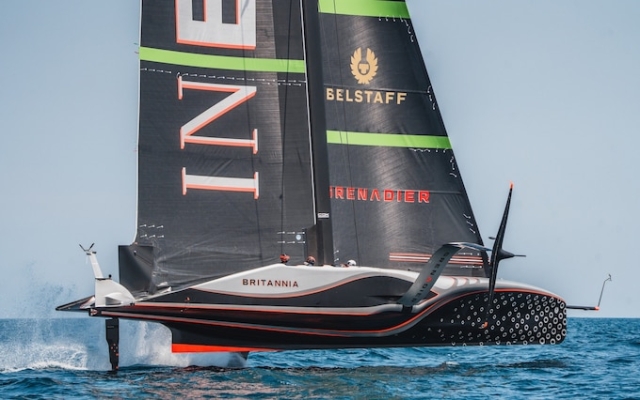 Sir Ben Ainslie's America's Cup contender, codenamed RB3, has finally hit the water. Photo: Cameron Gregory
Sir Ben Ainslie's America's Cup contender, codenamed RB3, has finally hit the water. Photo: Cameron Gregory
It's hard to describe the emotion when we first disembarked our America's Cup ship on Wednesday.
This is not a boat that was suddenly delivered to us, like driving a new car out of a car dealership. The RB3, as we've called it, is a 75-foot, six-ton rocket ship that we've spent the last two years designing, building, and tuning. We sweated over every inch, scrutinizing every detail.
Over 120,000 parts and tens of thousands of hours of work by a team consisting of the best representatives of the marine industry and Formula 1. It's hard to emphasize how important this was for our team, as it was for all of our competitors when they launched.
RB3 | Sailing detachment
The keys have been handed over. Time to set sail #ChallengeofaLifeTime #AC37 pic.twitter.com/qwu2pZBz4a
— INEOS Britannia (@ineosbritannia) May 1, 2024
So it can be said that when we docked in Barcelona on Wednesday there was a lot of excitement and a fair amount of anxiety. When you first set sail and accelerate on a yacht of this size and performance, it's fair to say your senses are on high alert. How does the boat feel? How fast will it take off? What alarm clocks are blaring in your ear communication system?
It's not quite the Apollo 11 moon landing, but in these key moments aboard the ship you get the essence of the tension.
Day 1 ✅ Big day for the Team 👊#RB3 #AmericasCup #Sailing #AC37 #Barcelona pic.twitter.com/1YOwEh8fDn
— INEOS Britannia (@ineosbritannia) May 2, 2024
What you expect when you're dealing with more than a few hundred sensors and channels; so many systems, so many gadgets. But there's nothing to worry about. We climbed onto the foils and performed several maneuvers that largely lived up to expectations. We didn't try to set any speed records, but sometimes we sailed at speeds of over 40 knots.
We had a pretty good idea of how we were going to proceed when we did a tow test last Friday, where the boat is pulled by a tow rope to lift it onto the fenders and see if everything works. With so many new systems requiring testing — new wings, new rigs and sails, new control systems, etc. — it is standard practice to test everything in a controlled manner before raising the sails and launching them.
What we don't know yet is whether this boat will end 173 years of misery.
The America's Cup is unique in that you and your competitors spend the entire course building something according to a set of rules. years, completely blind, and then launch, test and race for several months.
We are currently the fourth team to launch a Cup boat. Alinghi started first, followed a couple of weeks ago by Team New Zealand and Luna Rossa. Team France and American Magic shouldn't be too far away. And so far we are quite satisfied with what we saw.
Concept, design & performance x Harken deliver! Announcing our continued partnership with @HARKEN, supplying deck equipment, blocks, winches and hydraulic cylinders, as well as custom designs for testing and racing
Read more ⬇️https://t.co/E2kkW1lZw9#Harken #INEOSBritannia #AtTheFront pic .twitter.com/YOhd7EF7sp
— INEOS Britannia (@ineosbritannia) May 2, 2024
There are some subtle differences between all the boats. It's clear that everyone is trying to achieve the same performance gains, just in slightly different ways. The main topic of conversation was the keel line of the boat — what we call the vanity. Thus, the boat is aerodynamically sealed against the water plane. And some other interesting features in terms of crew layout and how the rudder rack is designed. Some teams have rudders control systems below the waterline. And then with us and American Magic it's above the waterline. So it's an aerodynamic-hydrodynamic trade-off that is interesting, but unlikely to be a game changer.
Of course, the wings will play a key role. We haven't yet seen a foil for Emirates Team New Zealand (who have the luxury of being full-backs, meaning they can keep their plans in check for longer if they want). Or Luna Rossa. But we saw Alingi.
Countdown to the 37th Louis Vuitton America's Cup. Today we introduce you to Alinghi Red Bull Racing, a team that combines local tradition with the spirit of the America's Cup. p>— Barcelona Turisme (@BarcelonaInfoEN) April 24, 2024
So far nothing has made us say, «Oh crap, we missed something important.» Just subtle differences. There were rumors that New Zealanders might switch to the recumbent position of their cyclors, but this turned out to be wild rumors. Americans can still go down this path. We haven't seen their solution yet, but it is possible.
So far, I would say that we have been one of the most aggressive in terms of pushing the boundaries of design, especially in the area of aerodynamic modeling. And this should not be a surprise, given our partnership with Mercedes F1.
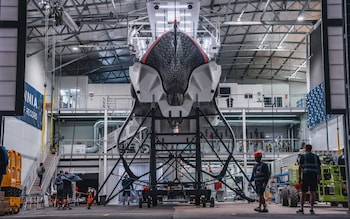 INEOS Britannia combines the best of the maritime industry and Formula 1. Posted by Cameron Gregory
INEOS Britannia combines the best of the maritime industry and Formula 1. Posted by Cameron Gregory
It's a fascinating period and that's what we love about these design differences; that all armchair admirals work, analyze and put forward different points of view.
Time will tell. Having lost the first Cup back in 1851, Britain never managed to win it back. So we are faced with the weight of history, as well as the power of Kiwis, Italians, Americans and so on. But we are very pleased and proud to represent Great Britain in this competition.
In a few weeks we will have an official naming ceremony for the boat with Sir Jim Ratcliffe, our sponsor, and his family in attendance. For now, we'll put our heads down, take stock of our maiden voyage, and continue to improve what we've got.
After years of design and development, it's amazing to be on the water with this focus. We are committed to maximizing productivity when necessary.

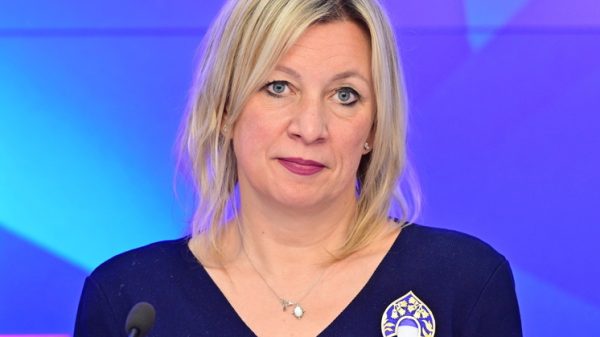

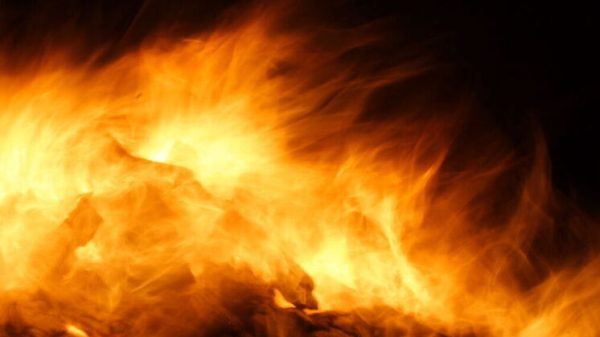



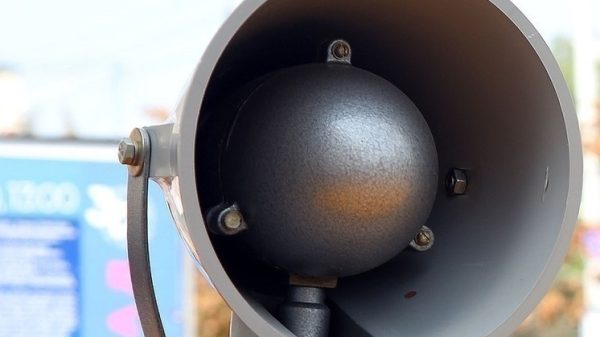




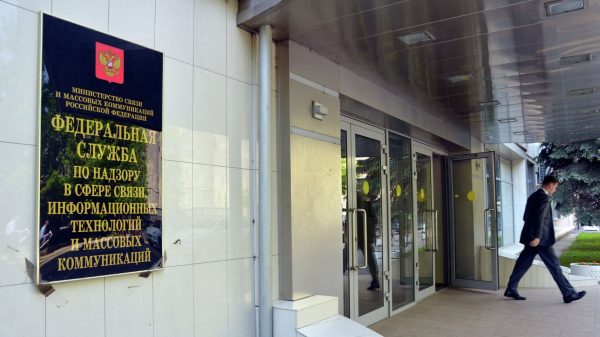
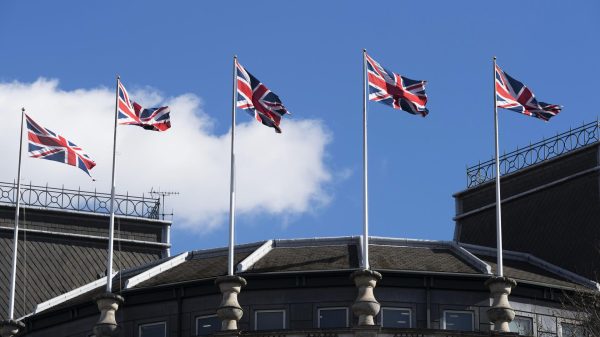





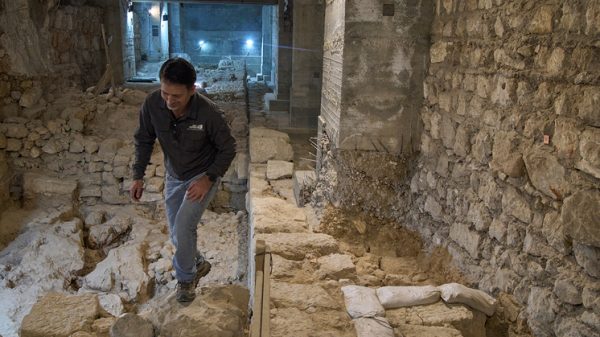
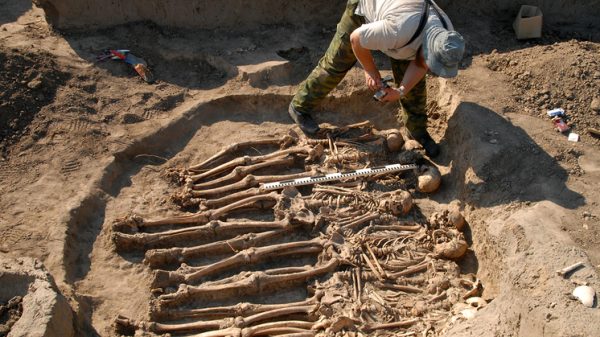
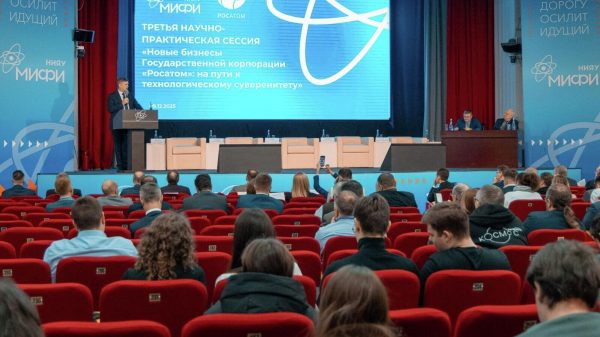





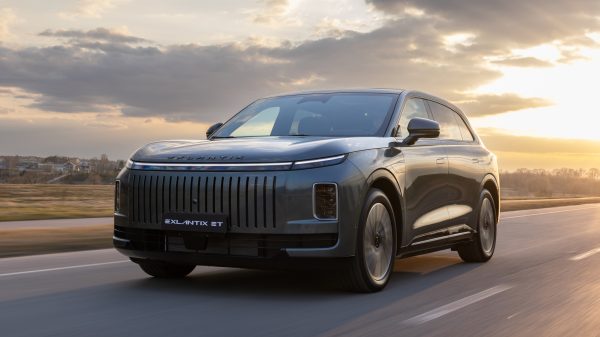
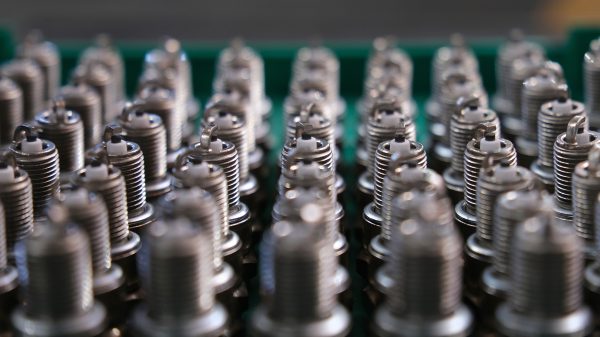
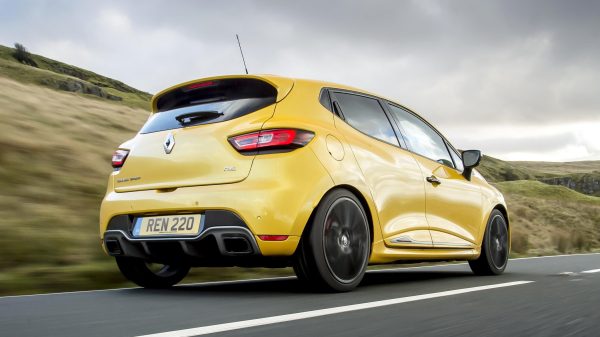

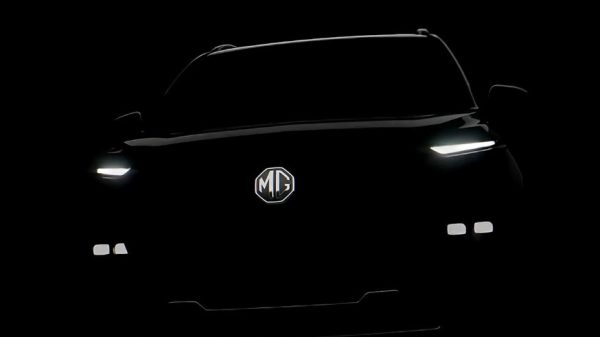



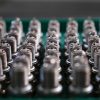
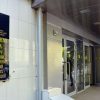
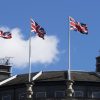

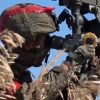












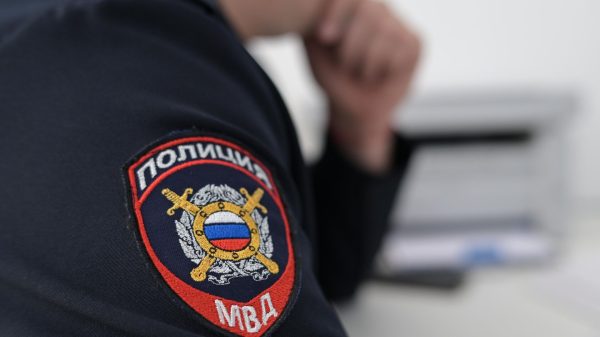
Свежие комментарии